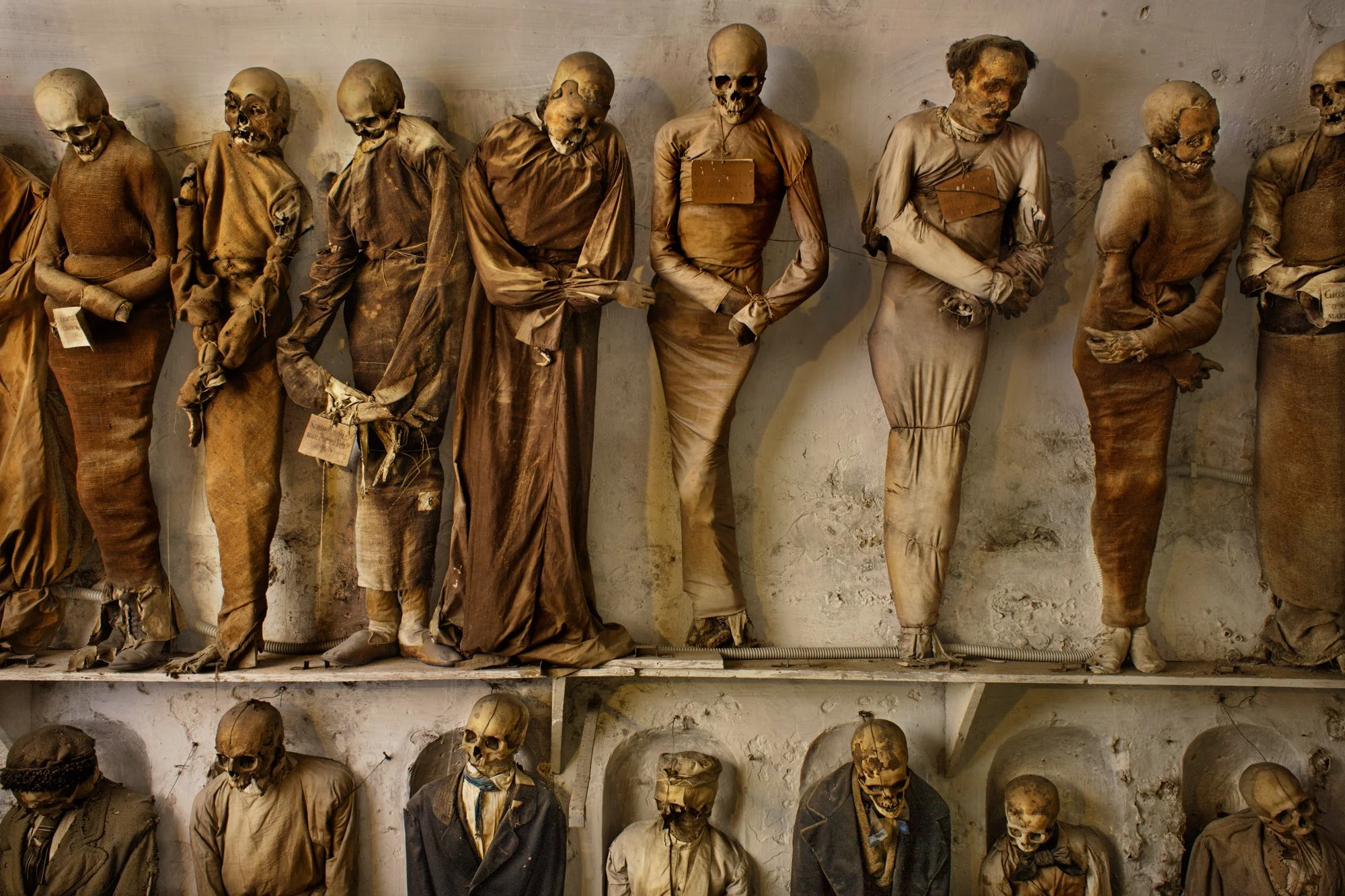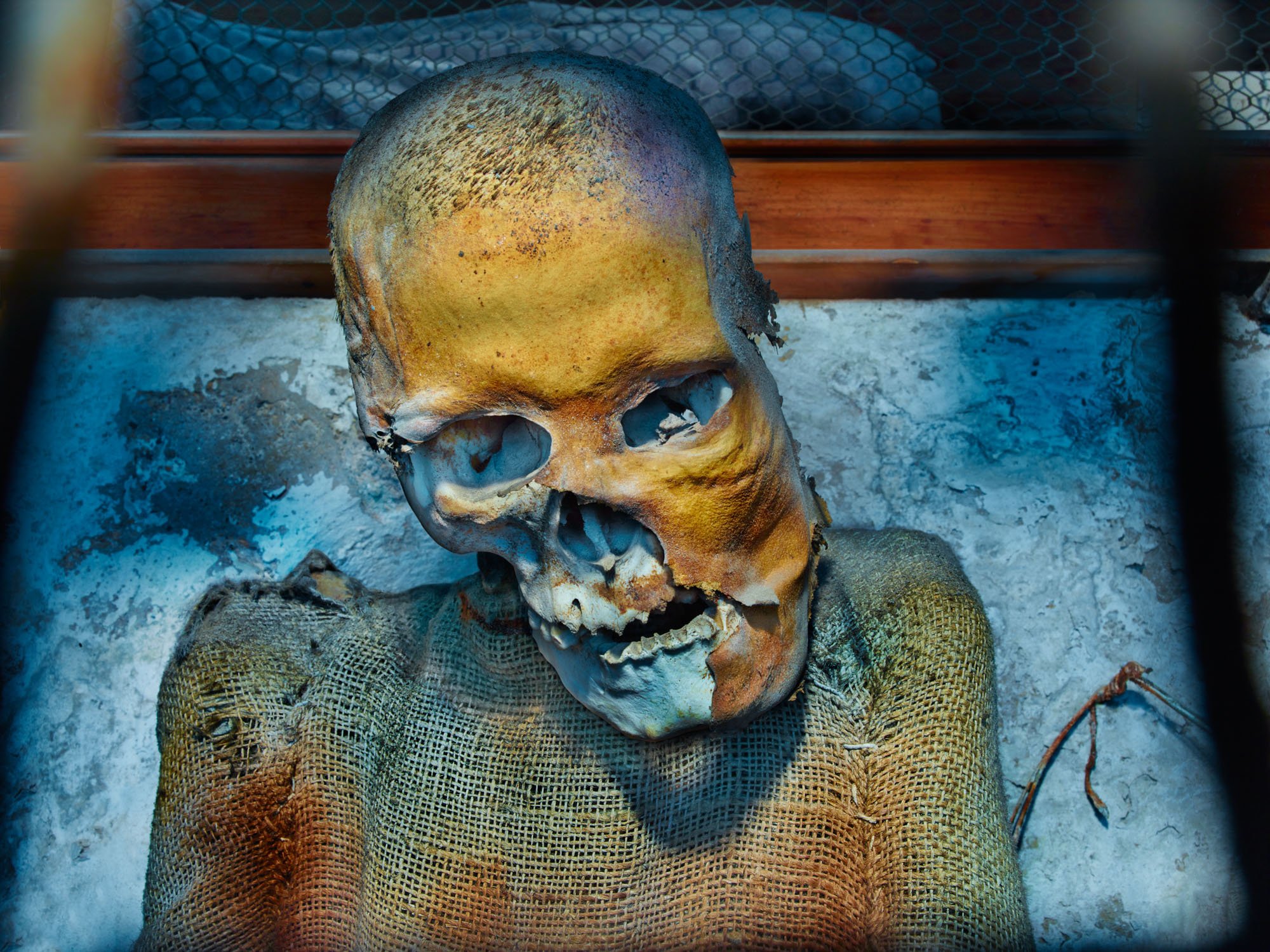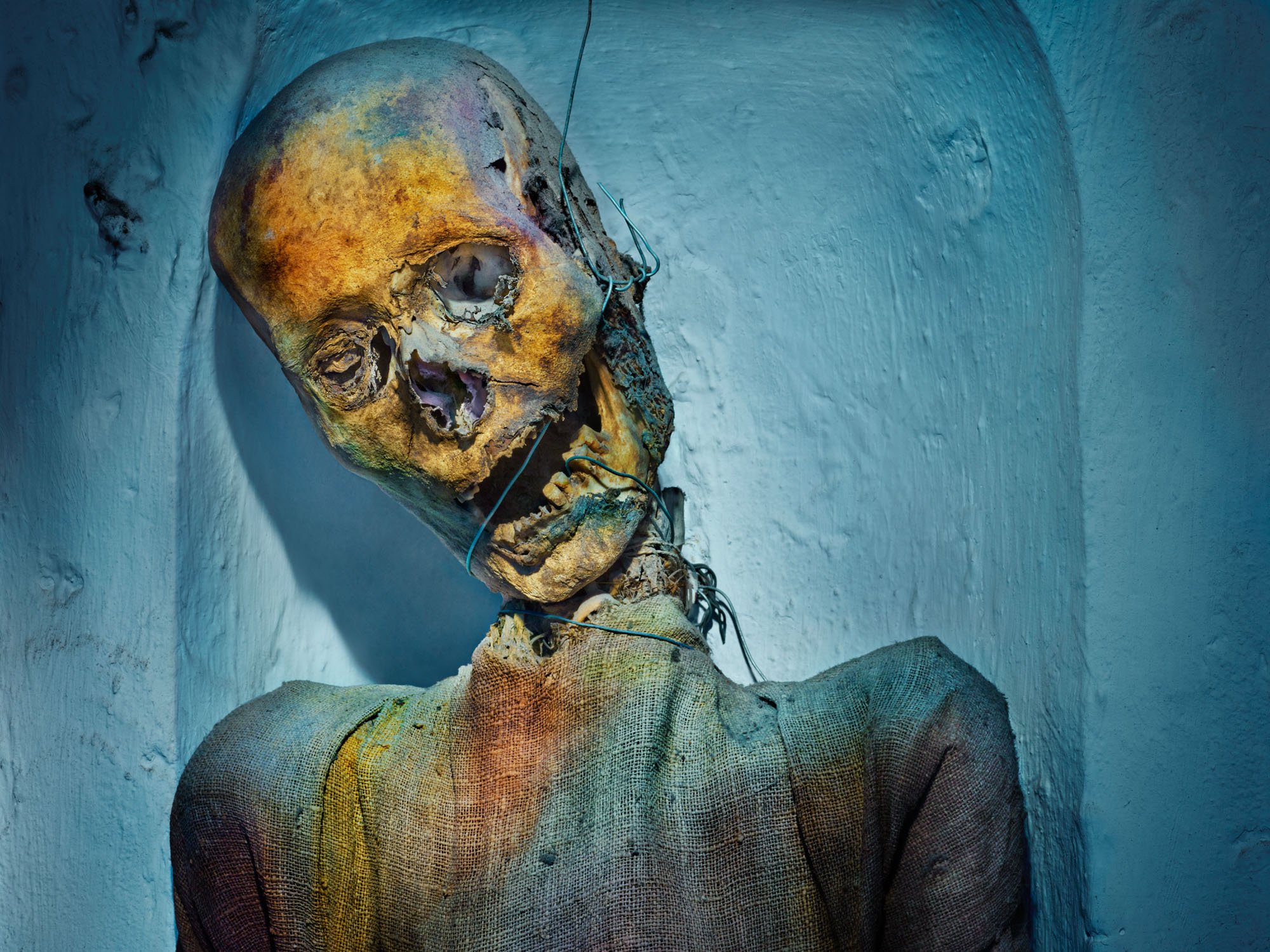ARTIST Q&A
Could you speak about the theory of the uncanny valley and how it has become an area for exploration in your projects?
IN THE 1970s, MASAHIO MORI, a Japanese robotics professor, was attempting to track the emotional response to human simulacra. You’d think it would be a simple rising line from a very crude depiction, say a smiley face, to a complex representation of a human, let’s say a Meryl Streep performance, but that’s not the case. As the depictions become more realistic, there is a rising line of empathy, until a point where the depictions become very close, but not close enough. Empathy plummets on Mori’s graph, and this trough is referred to as the uncanny valley (a term based on Freud’s theory of the uncanny). It contains such things as clowns, dummies, zombies, mummies, mannequins, etc.
I didn’t know any of this stuff until I stumbled into the valley, so to speak, but it does seem that I’m particularly interested in depictions of human simulacra. Of course that’s because portraiture – of living humans – has always been my subject. What I’m doing now is still portraiture, but I’m coming at it from a different angle.
The real subject of my newer work is conceptual. My first personal project, called Talking Heads, was a series of portraits of a rare collection of ventriloquist dummies. It was an exploration into the instinctive ways in which we project our life force into simulacra. It’s something we all do without even being aware of it. If we look at a statue of Christ or a figure of the Buddha (or a photograph of a movie star) we instinctively imbue human life into the experience.
I photographed those Talking Heads dummies just like living beings. I was searching for the exact same moment of connection I would with a living subject.
With the Vanitas project, I wanted to take things a step further. Vanitas is a series of portraits of Christian mummies housed in the famous catacomb of the Capuchin Church in Palermo, Sicily.
Building on what I learned from Talking Heads, I added a further subtext, which is the all-too-human awareness of our own mortality – Ernest Becker called it “death anxiety” – and how that has flavored, in often tragic ways, the human experience itself.
Philosophies, mythologies, and religions have appeared since the beginning of human existence to explain the unexplainable: the mysteries of life and death. We build walls between ourselves, and many of us are willing to kill each other in order to defend belief systems that protect us against our fear of death. It’s a form of denial – nobody really knows where we came from or where we’re going. It seems to me that being aware of our own mortality is both a human affliction and a defining and beautiful element of our life on earth – it’s led to all kinds of spiritual quests. I wanted to address this particular condition in Vanitas because it now appears that human evolution may lead us to discard the body as we know it. So you could say that Vanitas is a kind of elegy to the end of human life, at least in its current form.
How does the theory of the unity of opposites inform this work?
THE UNITY OF OPPOSITES is a fairly simple philosophical concept. As humans, we can’t describe a thing or a condition without equally describing what it is not. In fact, they’re one and the same thing. Darkness and illumination are uniting qualities of light, yet they are truly opposites.
I’ve noticed that many of the artworks and cultural artifacts I’m drawn to contain these opposites, and when they bump up against each other in the hands of a great artist or creator, they become unforgettable experiences, at least for this viewer.
Talking Heads is about the animate and the inanimate. Vanitas is about life and death, the grotesque and the gorgeous, eternity and dust. The oppositions just pile on.
And again, these are particularly human concerns. They define us. That’s what my conceptual portraiture is really about.
How do the Capuchin Catacombs of Palermo offer a window into our anxieties about death?
ABOUT 500 YEARS AGO, the first of the Brothers of the Capuchin Order in Palermo were placed in the cellar below the Church when they died. There was no way of preserving the body at that time, so the practice was to remove the internal organs and leave the body to drain on a stone slab for a year, then return to stuff the body with straw and intern it in a tomb. After a year had passed, the Brothers went down and saw that the first of their dead had not visibly decomposed, and to them it was a miracle.
They believed they were closer to salvation by being laid to rest in that place. The reason the bodies were put upright in alcoves rather than laying down was that they were already raised up for the day of The Resurrection. You were first in line to get into heaven, in their minds. This to me was tragic and beautiful – the vanity that you could cheat death whether it’s through Hollywood filmmaking and photography or by being preserved in a magical, mystical crypt. When I got there, I started crying because I realized those people were just as afraid of death as we are today.
Could you describe some of the logistical challenges in creating these photographs?
IT WAS A VERY LONG PROCESS. We were shooting at night from six in the evening till three in the morning. It was positively vampiric. I slept all day in a shuttered room, got up at dusk, and went to the crypt. I had to get permission to be there for a week, and brought a team of six people and a truckload of photographic equipment from Milan to Palermo. Don’t forget, Palermo is on Sicily, which is an island. That meant the truck of equipment had to travel down the autostrada to Genoa, then get on the ferry to cross the sea. What a production!
Because we were also filming a short documentary to contextualize the project, we set up the shoot to correspond with the various days of the dead, so that the very last night of our shoot was the Eve of All Saints’, October 31st (what we call “Halloween”). It’s something very different in Italy, a thoughtful time to commune with one’s dead and maybe think about the infinite.
I wanted to photograph 100 figures. Given the logistical difficulties, I was only able to shoot about 70 and of those, 50 made it into my final edit. We moved from figure to figure – some are stacked two or three high, which means I had to have enormous scaffolding for the lighting and camera. It was a lengthy, laborious process. It was a little like an explorer setting up an expedition to conquer a mountain.
Can you talk about the inspiration for the lighting in this series?
IF YOU WENT THERE AS A VISITOR, you’d see a dim, grayish, fluorescent lit chamber, which looks nothing like it does in my images. My photos use theatrical lighting in gold and blue tones. There are touches of turquoise, blue, green, gold, blood red – the colors of a bruise. The touchstones for this approach were Weimar Republic artists like Otto Dix – who back in 1924 actually painted some of the same mummies I photographed. Other influences – School of London artists like Francis Bacon and Lucien Freud, and something in the work of Viennese painter Egon Schiele as well.
The particular shade of blue I used was inspired by a couple of different things – one was a visit to a very special chapel in a cave in the hills above Palermo, on Monte Pellegrino. In that cave, behind a statue of the Virgin Mary, there is blue neon lighting that was likely put in after the war, in the 1950s. I researched that shade of blue, and I discovered it was associated with figures like Mary and Jesus in Catholic iconography.
The other inspiration was, while scouting the crypt, I noticed there was a subtle crossover between natural and artificial light. The catacombs are just below street level and in certain corners there are short transom windows at the top of the chamber that are actually at the base of the sidewalk outside. The natural skylight coming in was blue and the light inside was warmer. This crossover influenced my lighting plan, as well.
Can you speak about the practical realities of robotics and AI, and transhumanism as a natural evolution of humanity?
THE DESIRE TO CHEAT DEATH, or at least uncover its mysteries, has existed as long as we’ve recorded our history. It is both a spiritual motivator and the scourge of humanity, and it continues today with technology.
I believe that if we don’t self-immolate, in time we will evolve beyond our current form into something else. Many people call that idea transhumanism, and it feels like everything in our culture is pointing that way, as we become more and more disembodied and meld into a kind of hive mind through social media interactions. Of course, many of our mythologies – and films – have been predicting this for years. Maybe it’s our destiny.
Our form is relatively recent. The human species is not that old; Homo sapiens only go back about 300,000 years. And if you believe the theories of evolution, how different is our form today from protozoa? Why shouldn’t our form be radically different in the future? I especially wanted to explore that in this work, which asks: Is the human body even necessary? Can we discard it?



